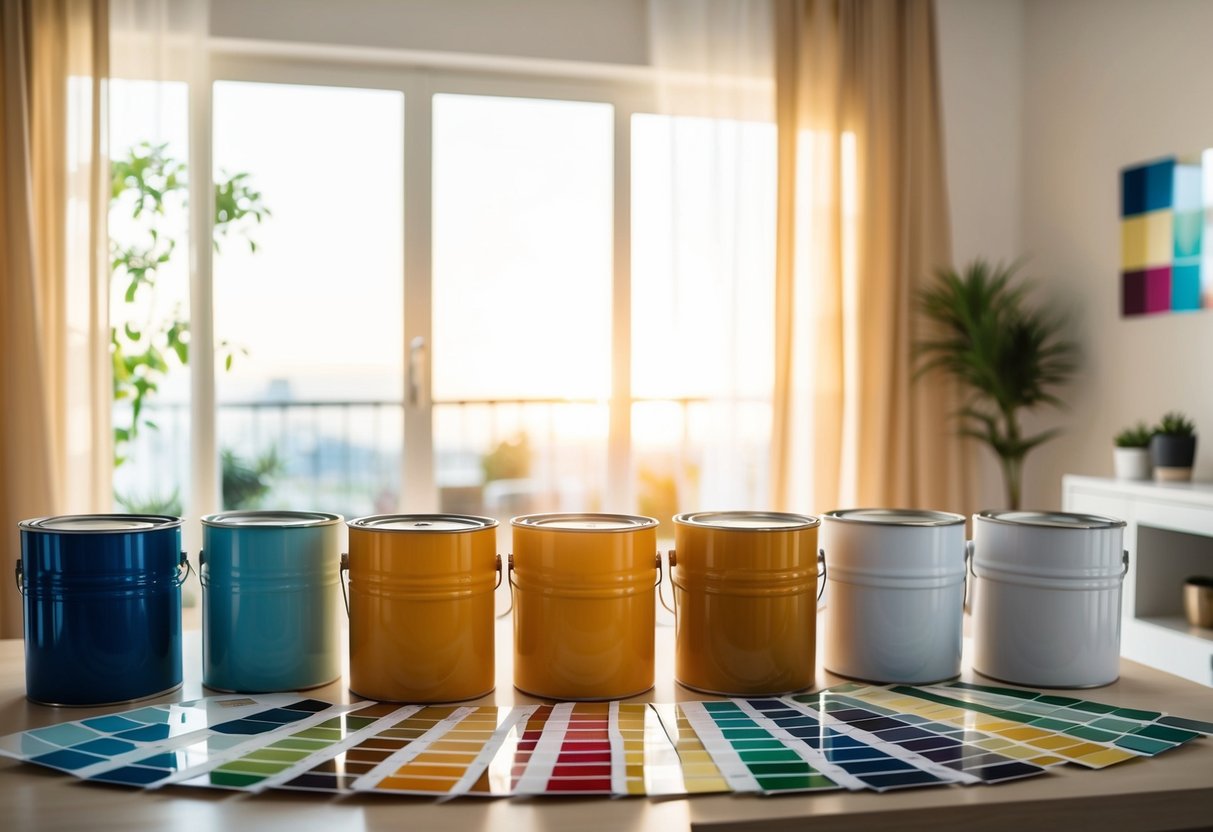How to Choose the Perfect Paint Colors for Every Room
Choosing the perfect paint colors for each room in a home can significantly influence the ambiance and overall aesthetic. Color has the power to transform a space, making it appear larger, cozier, more vibrant, or calm. The key to selecting the right paint color is to consider the function of the room and the mood you wish to create.
Consider each room’s lighting as natural and artificial light will affect how paint colors appear. Spaces with ample natural light might suit cooler tones, while rooms with limited light may benefit from warm hues to create a sense of warmth. It’s crucial to test samples on the walls to see how colors look throughout the day.
Harmonizing with existing decor and furniture ensures a cohesive look what matters. Examine colors already present in furniture, flooring, and textiles to guide choices that will enhance and complement the room’s existing features. By keeping these factors in mind, anyone can confidently choose paint colors that perfectly fit their vision.
Understanding Paint Colors
Choosing paint colors goes beyond aesthetics; it involves understanding how different hues can affect mood and perception. The subtleties of color undertones can dramatically influence how a paint color appears in varying lighting conditions.
The Psychology of Color
Colors can evoke emotions and alter the ambiance of a room. For instance, blue often promotes calm and stability, making it suitable for bedrooms or offices. Red, associated with energy and warmth, may enhance social areas like dining rooms. Yellow brings cheerfulness and is frequently used in kitchens to create a welcoming vibe.
Neutral colors such as gray or beige provide versatility and a soothing environment, working well in communal areas. It’s important to consider the function of the room when selecting a color to ensure it aligns with the desired atmosphere.
Color Undertones and Their Impact
Undertones are the subtle hues beneath the main color, affecting how the paint looks under different lighting. A white paint with blue undertones can feel cooler, while one with pink undertones may appear warmer. Identifying these undertones is crucial for achieving the desired effect in a room.
Different light sources, natural or artificial, can alter the appearance of undertones. Testing paint swatches at different times of the day in the actual room helps avoid surprises. Choosing complementary or matching undertones with existing decor can create a harmonious look, making the space feel cohesive and aesthetically pleasing.
Choosing the Right Paint Type

Choosing the right paint type is crucial for achieving the best results, as it impacts the finish, durability, and application method. Key factors to consider include the differences between oil-based and water-based paints, as well as specific formulations suited for interior spaces.
Comparing Oil-Based and Water-Based Options
Oil-based paints, known for their durable and smooth finish, are often selected for areas that experience heavy traffic. They dry to a hard surface, making them ideal for trim and cabinetry. Despite their resilience, they require a longer drying time and emit strong odors. Water-based paints, on the other hand, are favored for their quick drying and low odor. They offer ease of cleanup with just soap and water, making them convenient for interior projects.
While oil-based options might be more traditional, water-based paints have advanced significantly in terms of finish quality. They now provide excellent adhesion and durability suitable for a wide range of applications. The choice between the two often boils down to the specific requirements of the space and the preference for environmental considerations such as lower VOCs.

